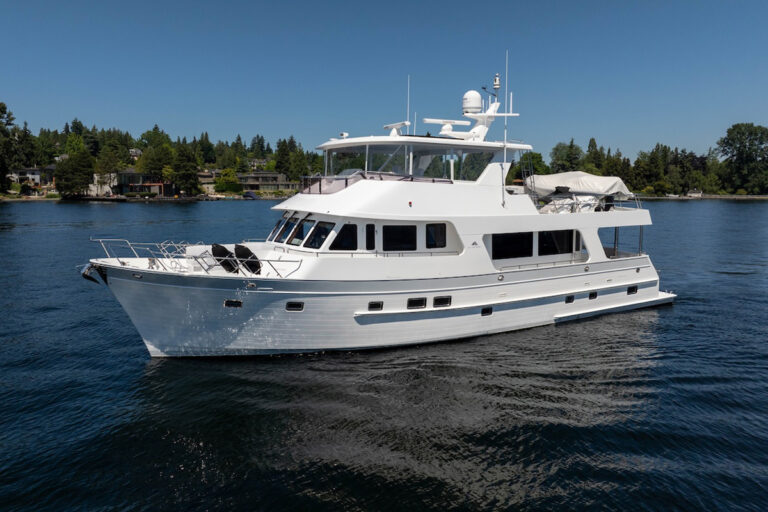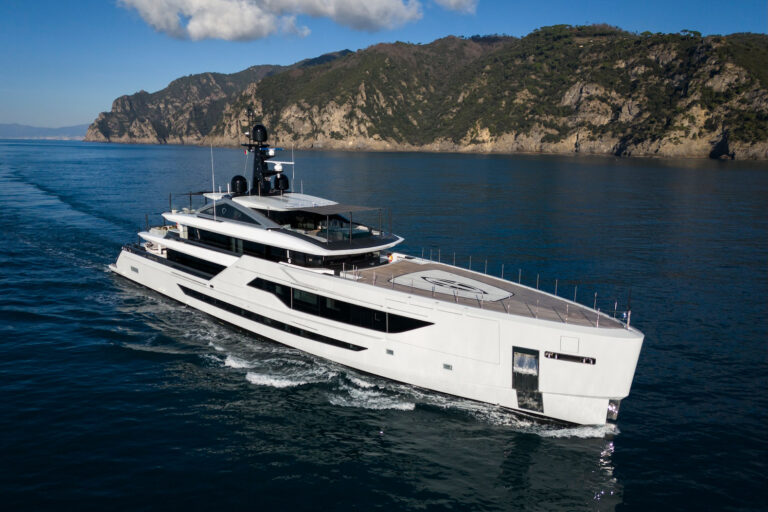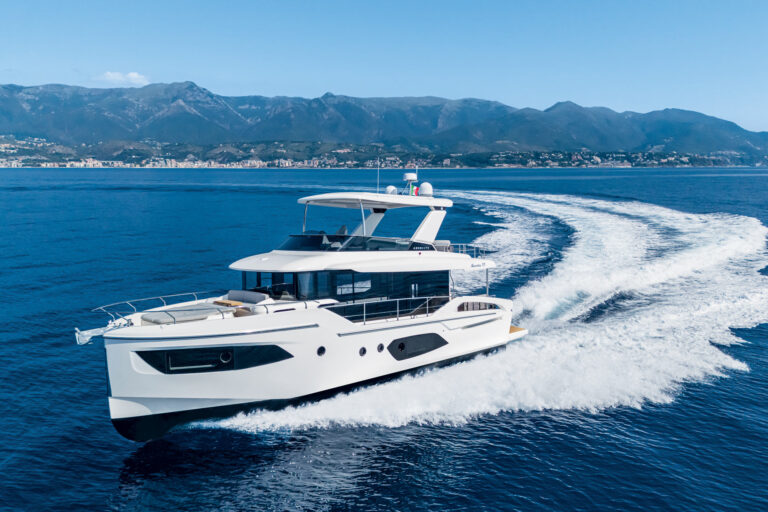“I think we have a problem,” my wife announced as we returned to our 37-foot Bertram, Anhinga, after a day of back-country fishing. The air temperature was well into the red, and she knows that when the air-conditioning cooling water is not cascading from Anhinga‘s hull side, things are going to get hot.
Cool air in the singeing Florida Keys summer is almost as important as ice-cold Heineken, and when it comes to keeping Anhinga cool, “we” means “me”. I pride myself on my ability to troubleshoot Anhinga‘s woes. After 10 years, I have become familiar with her ways, as almost everything aboard her that can break has broken at least once. Every 18 months or so, the air conditioning raw-water pump commits suicide by starvation. It’s something of a ritual for the brand, and I naturally assumed it had chosen our holiday for its demise. I carry a spare raw-water pump and have become so adroit at replacing it that on that day, the task took me less than 30 minutes.
Dripping with sweat, I crawled out of the bilge confidently and turned the system on. The air handler came to life, the condensing unit started and the new pump chimed in. I peeked over the side and noted cooling water flowing freely.
Just when I was thinking the world was right and a cold beverage was called for, the system became dehydrated and shut down again.
After recovering from the shock of my failed diagnosis, I retrieved the “faulty” pump I had buried unceremoniously in the depths of the marina Dumpster. I had, of course, glanced at the air-conditioning sea strainer before, but this time I opened the lid. The gelatinous remains of a misguided invertebrate spilled into the bilge. Slimed by a jellyfish, I retaliated by giving the raw-water circuit a 60-psi dockside colonic.
Confident this regimen would reduce Anhinga‘s temperature, I restarted the system. Again, water flowed for about five minutes, then the well dried up.
Three hours, one pump and several hoses later, I finally donned my mask and fins and went over the side. I found the jellyfish’s “bell” (my wife explains that it is something like skin) serving splendidly as a flapper valve over the raw-water intake. I removed it. Cool air and cold beer followed.
While sharing this vignette is not particularly satisfying, there is something to be learned from my experience. I assumed I knew what was wrong, and though I am quite familiar with how to troubleshoot Anhinga‘s systems, I chose to ignore proper procedures. Unless you’re a retired NASA flight controller, the same has probably happened to you.
Such shortcomings aboard a hot boat tethered to the dock cost little more than aggravation. However, this may not be the case when you are at sea. Let’s say you open the engineroom door and find water lapping at the tops of the stringers. Skippers who haven’t experienced this nightmare have thought about it, and if you are like me, you have developed a plan to deal with it should fate have its way with you.
In this case, the same principles of troubleshooting apply, only failing to stick to your plan may leave you without time for a second guess or a cold beer.









